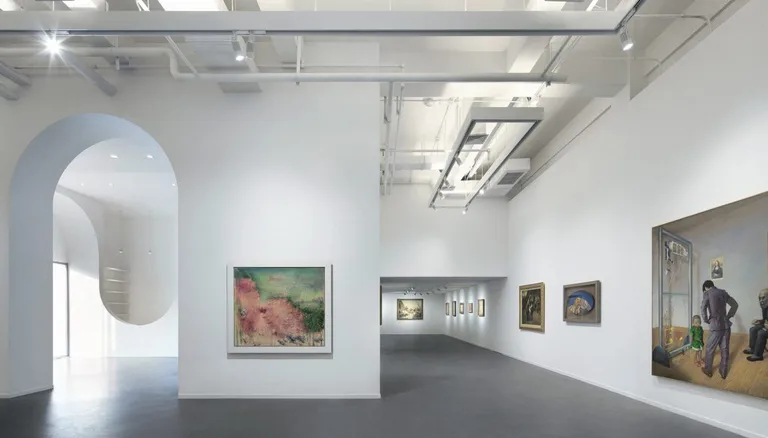News
Art Lighting: Seeing Your Art in the Best Light
Art Lighting: Seeing Your Art in the Best Light
Whether lighting an art gallery, museum, an art studio or your living room, selecting the best lights for a work of art requires knowledge and understanding of foot-candle requirements, beam spread, color temperature and color rendering.
Why is lighting important in galleries?
Lighting is an essential feature in art galleries, as it can enhance the art viewing experience and bring artworks to life. Without proper lighting, art pieces can appear dull, muted or distorted. Thus, art galleries need to select the correct lighting setup for each individual artwork to accurately represent the artist’s vision.
Additionally, lighting also has a major impact on the ambiance of a space and can set the mood for an art gallery exhibit or presentation. Art galleries and museums (not to mention your own home!) can use specific lighting solutions that will create an inviting atmosphere while bringing out all the details in the artwork on display. Ultimately, good art lighting is key in conveying both emotion and detail.
Key aims of lighting art
The four primary aims of lighting artwork are as follows: visibility, color rendering, focus and preservation. Achieving a balance between these aims is crucial to creating an optimal viewing environment for artwork.
1. Visibility
Lighting should ensure that the artwork is clearly visible to viewers. Proper illumination helps to reveal details, colors and textures, allowing viewers to appreciate the nuances of the piece.
2. Accurate color rendering
Lighting should reproduce colors accurately to maintain the integrity of the artwork. Proper color rendering ensures that viewers see that artwork as intended by the artist, without distortions or shifts in color perception.
3. Highlighting focal points
Lighting can be used strategically to emphasize specific areas or elements within the artwork. This helps guide the viewer’s attention to key focal points, enhancing the overall visual experience.
4. Preservation
Light can cause damage to artworks over time, particularly sensitive materials like pigments and paper. Proper lighting aims to minimize the potential for damage by controlling factors such as intensity, duration and UV radiation, thus contributing to the preservation of artwork.
What light do artists use?
In addition to natural sunlight artists often use task lighting, such as desk lamps or clamp lights, to illuminate specific areas where detailed work is being done because it provides focused, consistent, and concentrated illumination. Task lighting can be anything from incandescent bulbs, adjustable LED lights, daylight bulbs, fluorescent lamps and halogen bulbs. This wide range of options means that color rendering is often different than what the artist might have used while designing. For this reason, when accurate information can’t be found through research, the best route is to choose a color option that best highlights the individual piece or a group of pieces being displayed together.

Categories
Latest News
Contact Us
Contact: Lani.zhang
Phone: 13713457217
Tel:
Whatsapp: +86 18665967194
Add: No 6-608,the 2 Building,Sanwa International,Tongsheng community,Dalang Row,Longhua district, Shenzhen,China
 Lani
Lani lani.zhang
lani.zhang +86 18665967194
+86 18665967194